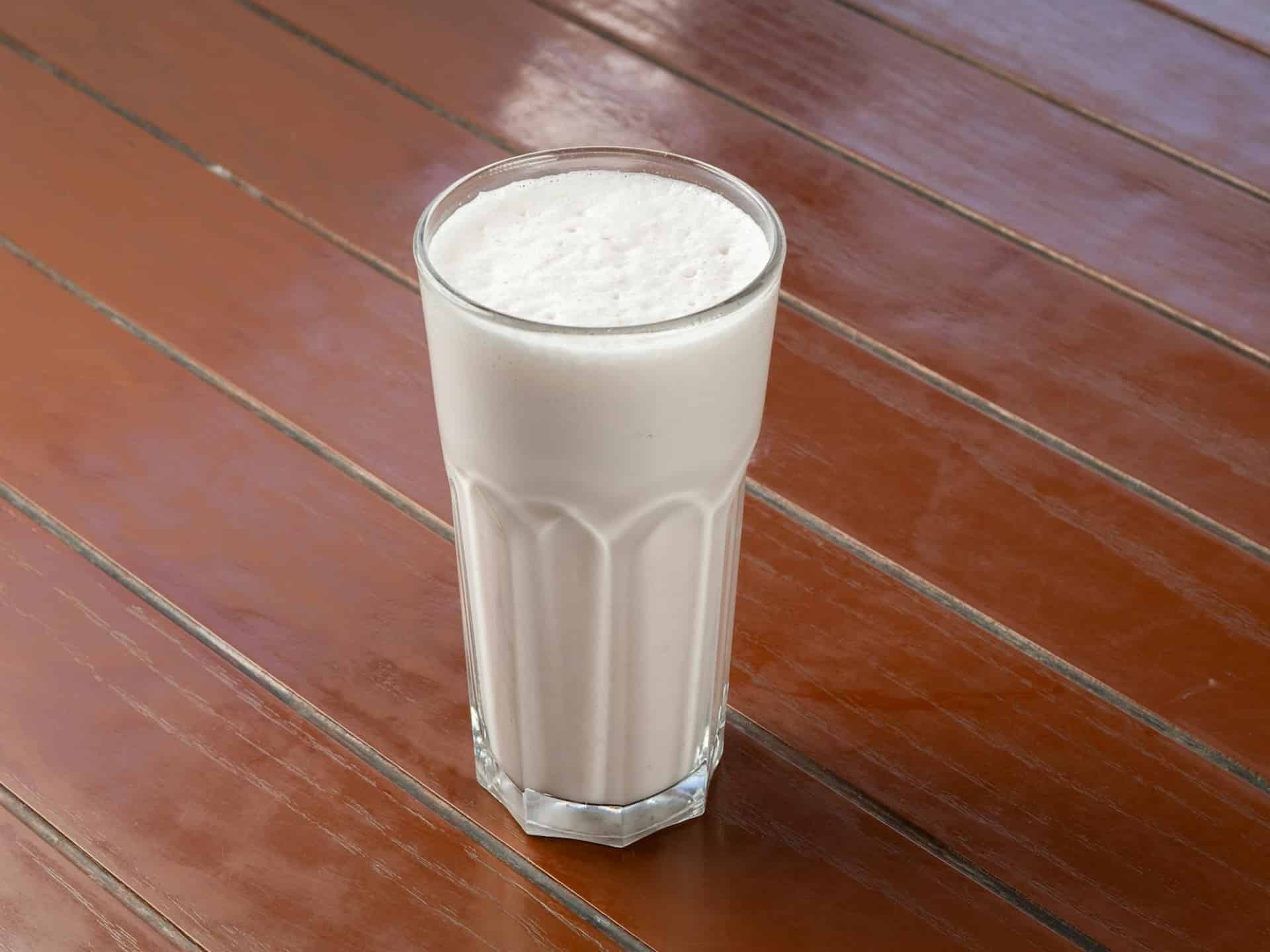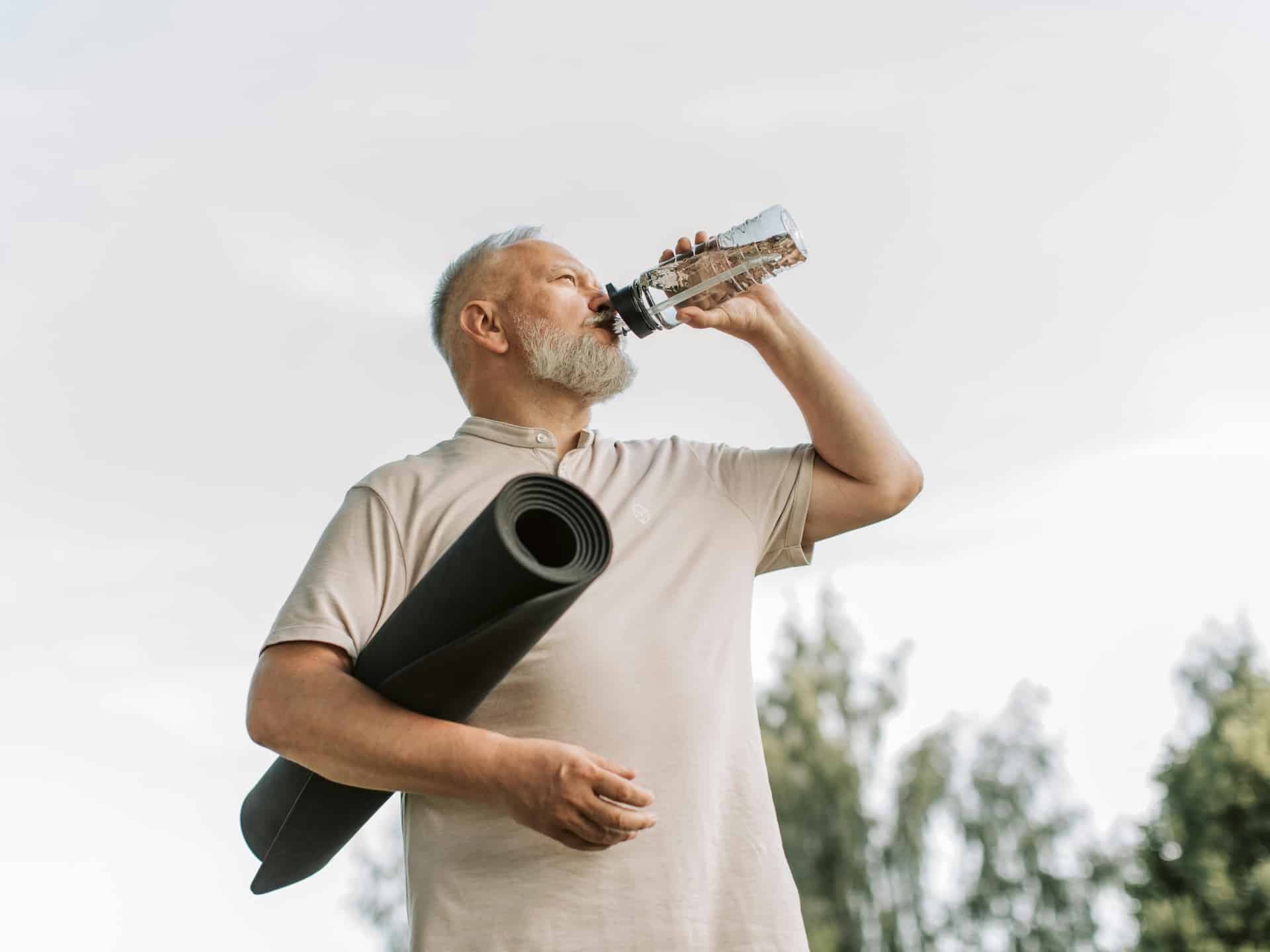
Intestinal bacterial overgrowth or SIBO is not a made-up disorder by any means, but its popularity on social media has caused consultations to fill up with patients who think that all their intestinal discomfort is SIBO. When the diagnosis is positive, among the first questions that are put on the table is whether there is a SIBO diet and what I can eat with that diet.
Adriana Duelo, clinical dietitian-nutritionist and director of the International DAO Deficiency Institute addresses the problem of what to eat if you have SIBO.
What is SIBO?
SIBO (Small Intestine Bacterial Overgrowth) is the acronym in English to describe a abnormal and excessive growth of bacteria in the small intestine that normally inhabit the large intestine (colon). In a healthy patient, variable amounts of bacteria and microorganisms coexist in harmony and balance in our intestine, what we know as the microbiota or microbiome. When this balance is unbalanced “certain types of bacteria increase in number. This is what we call a intestinal dysbiosis. In these cases of changes in the intestinal microbiota, the most common thing is that pathogenic bacteria increase or settle,” explains Duelo.
Causes of SIBO
There is no known single, determining cause for SIBO. On the contrary, we can identify various circumstances that may contribute or increase the risk of developing this alteration.
- Intestinal motor dysfunction. That is, an alteration in intestinal motility.
- Anatomical anomalies. These include obstructions in the intestine or previous surgeries in the intestine, which can lead to areas where bacteria can accumulate and multiply.
- Overuse of antibiotics. Frequent or prolonged use of antibiotics can disrupt the normal bacterial flora of the intestine and allow unwanted bacteria to overgrow.
- Concomitant pathological alterations. Some medical conditions, such as a decrease in gastric pH for different reasons; Crohn’s disease, celiac disease or diabetes can increase the risk of developing SIBO.
- Unhealthy eating. A diet rich in foods of low nutritional value
- mental health. Episodes of great stress and/or psychological problems.
The sum of all of them can cause bacteria that normally live in the colon (for example, Lactobacillus, Escherichia, Klebsiella oh Staphylococcus) move to the small intestine and colonize areas where they should not be, or should not be in significant quantities.
Symptoms and their relationship with food
Discomfort for the affected person comes when eating food. Bacteria ferment food components in the small intestine itself instead of the large intestine. This generates excessive production of gases that create pain, flatulence without or with a very bad smell, diarrhea, constipation and abdominal bloating, among other symptoms.
All of these symptoms are not exclusive to SIBO and, as indicated by Duelo, a dietitian-nutritionist and member of the Spanish Academy of Nutrition and Dietetics. “It is easy to confuse with other disorders, since SIBO encompasses functional symptoms present in inflammatory intestinal pathologies, metabolic disorders, allergic reactions and infections, among others. Hence the importance of collecting the patient’s medical history very well, being clear about their eating pattern and pathological and family history,» he explains.
In diagnosis and treatment, it is advisable to have a multidisciplinary team of professionals, with digestive doctors and specialized dietitians-nutritionists. “When a patient comes for consultation, the first step is to request tests to rule out or confirm SIBO and thus be able to apply an appropriate therapeutic strategy. Abdominal distension accompanied by loss of appetite, pain and diarrhea can also be a sign of ulcerative colitis or celiac disease,” warns the expert.
Foods to avoid with SIBO
The bacteria in our microbiota feed, above all, on the fermentable fiber contained in food. To a lesser extent, also, polyphenolic compounds (phytochemical substances present in a wide variety of foods, especially fruits, vegetables or nuts, among others) or sugars, among others. This means that a diet rich in fermentable nutrients It will cause an increase in symptoms in the SIBO patient.
The solution, a priori, is to restrict them. And here the experts are blunt: you have to restrict them, eat less for a certain time, but not eliminate them completely, since there could be nutritional deficiencies that generate other health problems.
The diet FODMAPs in the SIBO It will help calm the symptoms, but it will not cure bacterial overgrowth. “The SIBO diet is a very useful tool for initial treatment, as it facilitates digestion, decreases bacterial growth, and symptoms improve greatly.” This diet usually limits the consumption of the following foods:
- Foods rich in fructose and sorbitolsuch as apple, cherries and pear, among many other fruits
- Foods rich in lactosemainly milk and fresh cheeses.
- Foods rich in fructans, mannitol and GOS. Some examples from the long list would be garlic, onions, leeks, apricots, watermelon, celery, olives, artichokes, asparagus, persimmon, pomegranate and chickpeas.
- some cerealssuch as refined wheat, kamut (another type of wheat) or rye could cause symptoms, unlike rice, corn or spelled.

What not to eat with SIBO and the risk of very restrictive diets
For the treatment to be truly effective, in addition to dietary modifications, antibiotics, prebiotics, probiotics or preparations based on plant extracts. However, insist that there is no clear consensus on what is the best treatment nor is there a clear protocol to follow. “Each professional ends up generating their own based on the existing evidence and the evolution of the symptoms of the patient in front of them. “No two cases are the same.”
Just as you cannot categorically say what to eat with SIBO, you cannot say categorically what not to eat with SIBO. Much less talk about foods prohibited in SIBO. “The FODMAP diet is very restrictive. That is why we do not recommend extending the initial phase beyond 2 weeks. Especially when SIBO is combined with other disorders that involve other dietary changes, such as DAO deficiency,” he points out. Behind these acronyms lies the enzyme Diamine Oxidase, present in the intestinal mucosa and responsible for eliminating histamine present in food. The low FODMAP diet and the low histamine diet “are quite opposite. Hence, nutritional monitoring with a specialized professional is essential,” emphasizes researcher Adriana Duelo.
A disorder that can affect psychologically and become chronic
The approach to SIBO is complex and always involves the risk that patients could end up with malnutrition and psychological problems. Malnutrition can occur because this bacterial overgrowth can damage the lining of the small intestine, complicating the absorption of nutrients.
But also because a poorly managed or overly prolonged low-FODMAP diet for SIBO results in nutritional deficiencies. It is common to find patients who, out of fear of pain and the symptoms that they know that food will cause, develop a fear of eating and stop eating foods that provide essential nutrients.
All these factors can generate anxiety or depression in the patient. “For all this it is very important to avoid Internet remedies. You have to go to specialized professionals, because, if the treatment is not followed in a sustained and orderly manner, SIBO can reappear and end up becoming chronic,» warns the expert.
The ALDI Council
If you suspect any digestive pathology, do not experiment on your own with the diet. Consult with a dietitian-nutritionist or a digestive specialist to discuss the best treatment.

Adriana Duelo. Clinical Nutritionist since 2011. Graduated in Human Nutrition and Dietetics from the Ramon Llull University, Master in Nutrition and Public Health from the Open University of Catalonia and currently completing her doctorate at the University of Barcelona. Member of the Spanish Academy of Nutrition and Dietetics and the College of Dietitians-Nutritionists of Catalonia. In addition, Duel is leader of the International Institute of DAO Deficiency and the AD Dietistas Clinical Center. INSTAGRAM: @daodeficiencyinstitute, @addietistas. WEB: www.daodeficiencyinstitute.com and www.adrianaduelo.com







